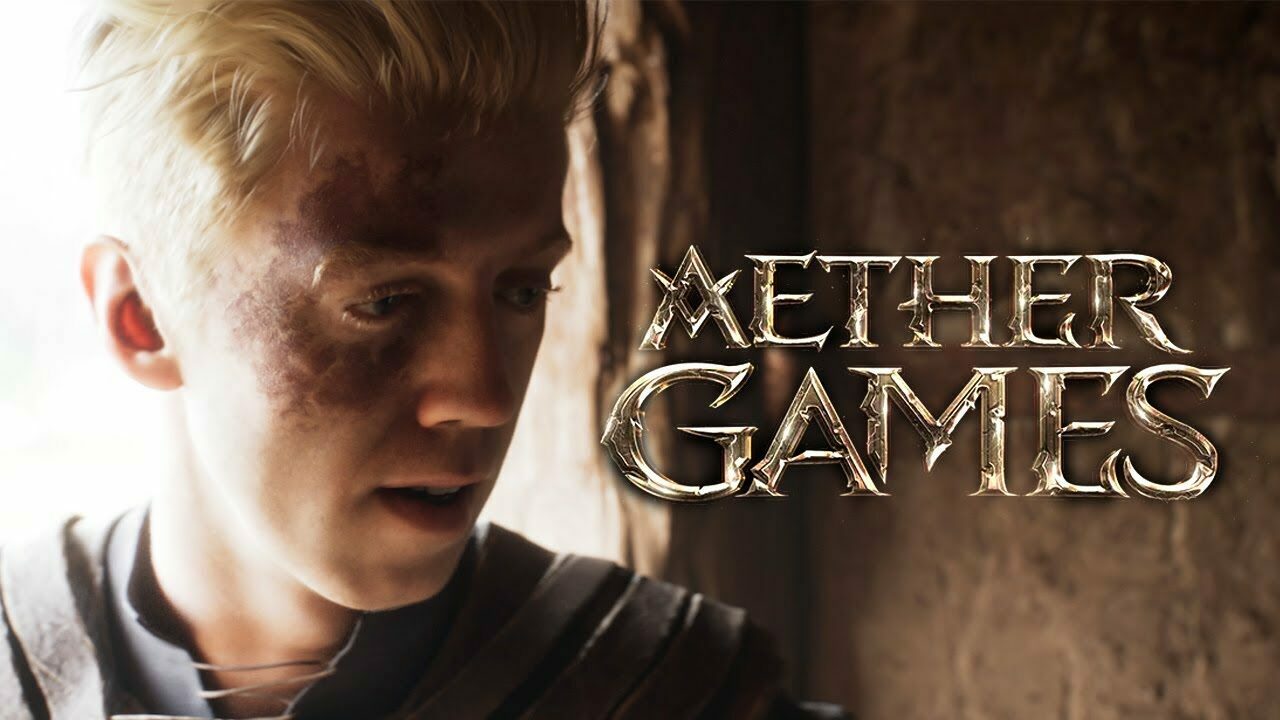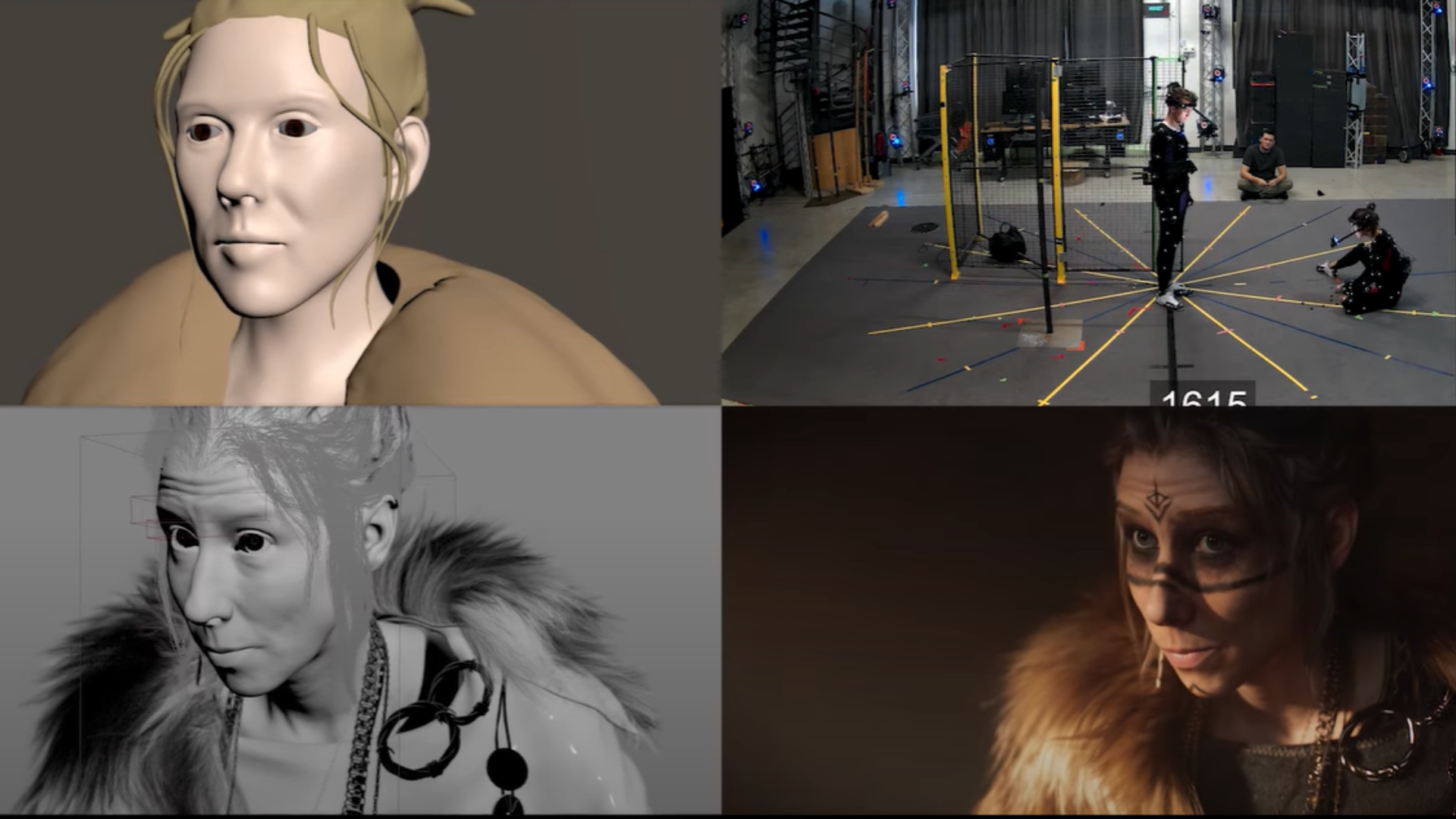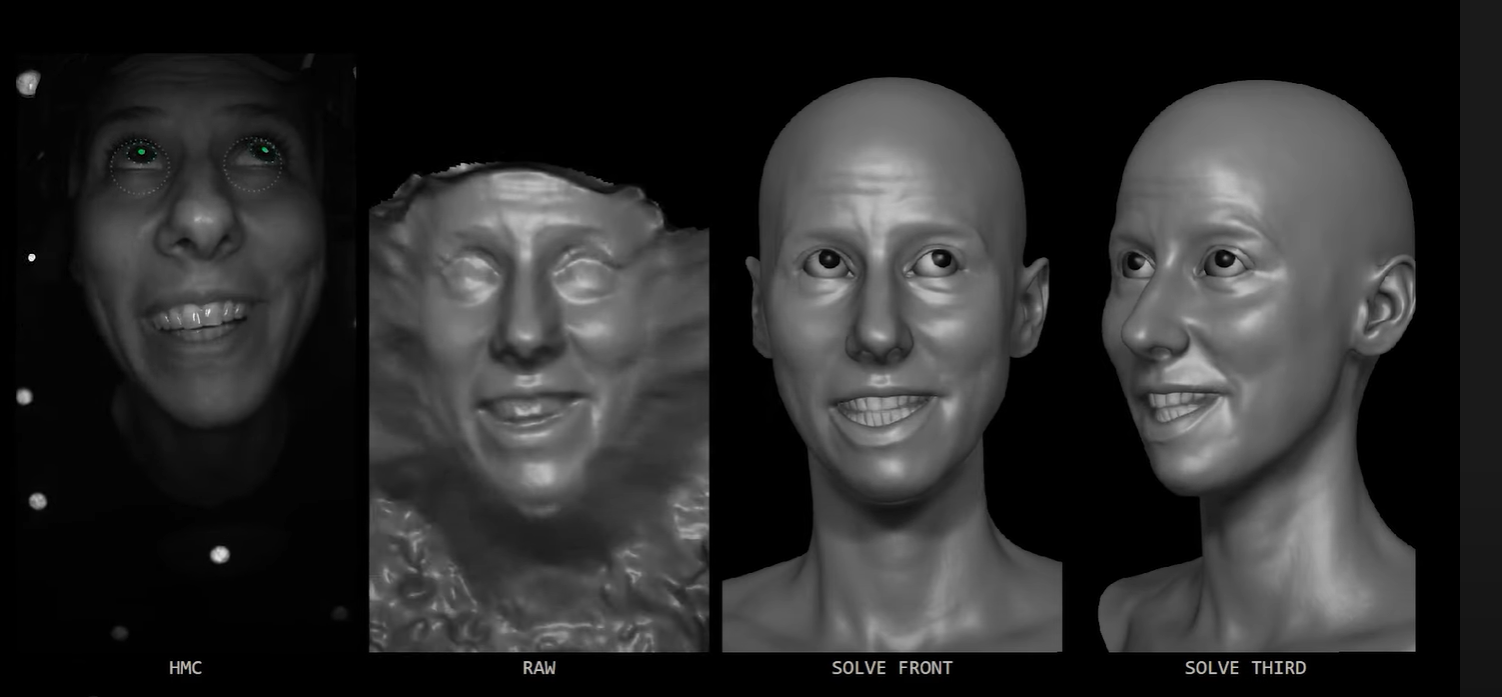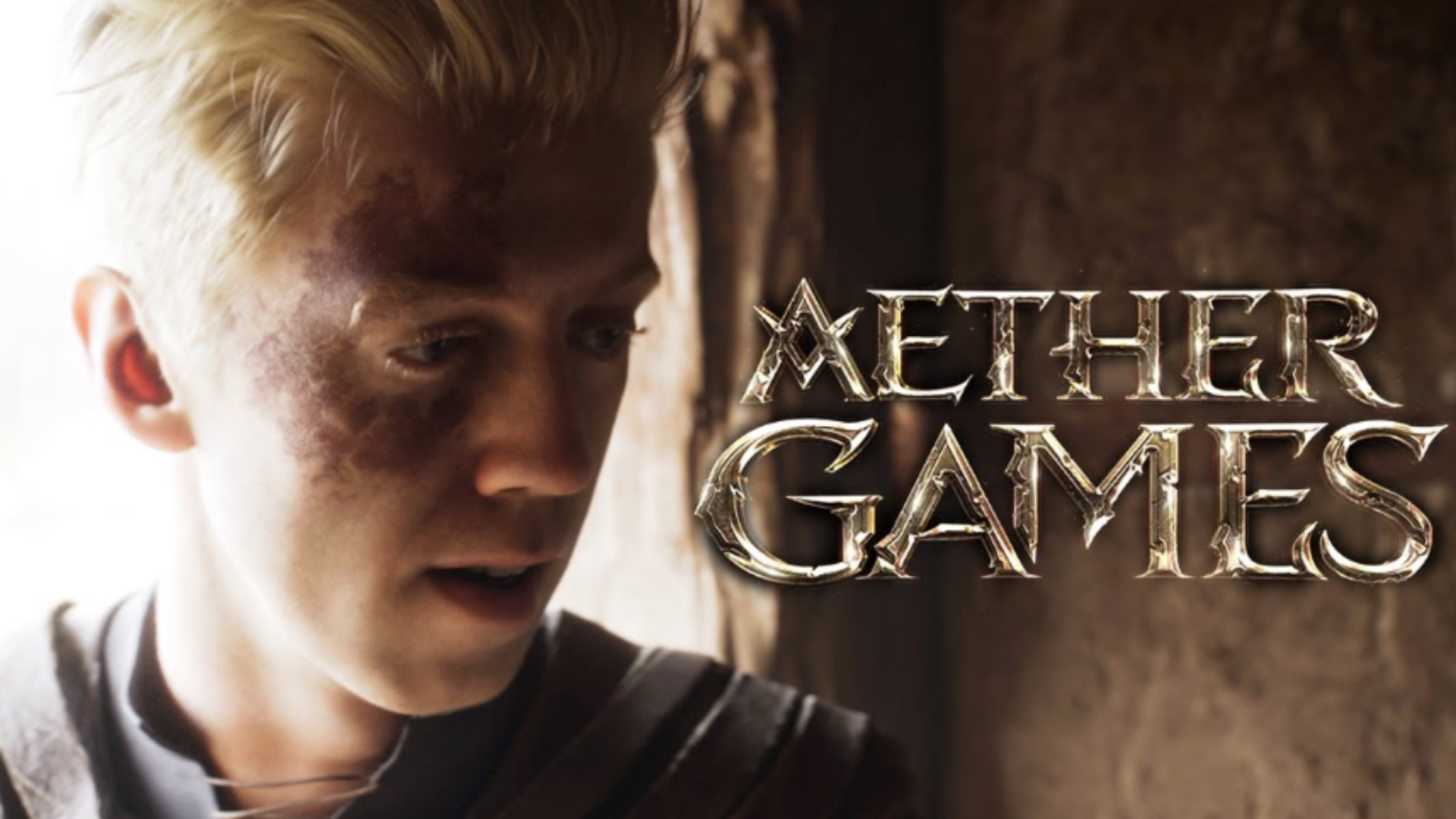
Interview with CG studio noOne
Aether Saga is a 90-second, CG animation produced by the boutique creative studio, noOne. Designed as a proof-of-concept for a future animated series, the short film portrays a conversation between two characters as they interact within a fantasy setting. noOne utilized our facial capture technology and service to faithfully capture the facial performances of two actors, using that data to drive the final animation.
We sat down with the studio’s founders, Clément Martin, Thomas Baratte and Rémi Carles to discuss Aether Saga, the studio’s origins and their experience creating realistic CG characters.
Can you tell us about noOne? How did you begin and what sort of work do you focus on?
Thomas: We created the studio about three years ago with the aim of producing our own projects. Clément and I have known each other since studying 3D animation together and Clément met Rémi as his teacher. Eventually, we all teamed up to create noOne.
Clément: In the long run, we would like to focus only on making our own movies, but right now, we’re striking a balance between that goal and client projects.
Thomas: We mostly focus on full CG projects and we specifically like animated characters. We specialise in realism, but we work in every style. We’ve even worked on cartoon projects before too.
What inspired the creation of Aether Saga?
Thomas: Originally, the client wanted to create a game with an entirely fictional universe IP. We actually wrote the lore for the full game. Eventually, this transitioned into a CG series, teased by the animation we released last year.
Clément: We like to see it as a potential parallel universe to our own, that is, before the monsters from another world are introduced. It’s based on real Viking culture. We spent a long time researching the history to properly understand and implement character traits and interactions. For instance, the character Holda is a Völva, a Viking woman that practiced magic. As a result, her position is highly respected in the community, but due to certain events in the story, she loses some of that respect.
The story follows Holda and Einar as they attempt to find the source of the dragons, trolls and other such monsters that have appeared in their world. Their discoveries lead to a conflict of faith for Holda. Creatures such as these were part of Viking folklore before this event and were written into their religious beliefs. However, she discovers there is a naturalistic explanation for them. It changes everything for her.
The show is about the psychological progression of the characters and their developing relationship.
Thomas: Einar is mostly excluded from Viking life because he was found as a baby in the woods by Holda. In the world of the Vikings, if a child has a disability and appears weak, they abandon it. Because Holda took pity on him and rescued him, she loses respect from her community. Einar goes through somewhat of a hero’s journey, but we wanted to avoid any cliches; his change is more subtle. They’re both lonely characters that grow in strength together.
Why did you decide to use digital doubles for the characters? Digital avatars that share the likeness and performance of a single actor.
Clément: The way we wrote the story, it could have been filmed in live action instead of animation. It’s supposed to be realistic. We always had the characters in mind first when writing the story.
Thomas: We also relished the technical challenge of creating realistic CG characters.
Clément: Yeah, it was crucial that the facial animation was authentic, that the emotion of the characters could be followed through the eyes and expressions alone. This is why we contacted DI4D originally. It was important that the characters behaved realistically as digital doubles.
Thomas: Having worked at various other companies, we had already experienced capturing actors that didn’t look like their CG double, and we noticed that the animation wasn’t perfect. This is expected because the facial features in the model have been changed – it isn’t the exact performance. But we had great actors, and we wanted their performance faithfully reproduced for Aether Saga.
How does the quality of DI4D’s technology compare to other facial animation technologies you have experienced?
Clément: We were mind blown by the quality of the PRO System, it was even better than I expected. But the HMC is amazing too, in fact, seeing the HMC (head-mounted camera) on another project convinced me to use the technology. Overall, we were very impressed. For previous projects, we would make a facial animation rig in case we needed to tweak the final performance but for Aether Saga, it wasn’t needed at all. Everything you’re seeing is driven entirely by data from DI4D.
Thomas: Even the mesh we received, everything was perfect and easy to use. Holda used the PURE4D pipeline which combined data captured from the HMC with data captured using the PRO system and Einar was driven entirely using the HMC only. However, both look incredible. For CG characters, they’re just so realistic.
Did it accurately match the real performance of the actors on set?
Thomas: It’s incredibly accurate. Everything is subtle and very authentic.
Clément: When I’m watching the actors moving, talking, laughing, I know it’s them. I can recognise the way the eyes move and the way the real actor smiles. It’s very true to the likeness of the real person.
What’s next for Aether Saga, are there still plans to create a series?
Clément: It’s too early to say when/if the full series will be completed, but the likelihood is promising. We’re taking it one step at a time and right now, the current aim is to finish the first episode.
Watch the full film below:



